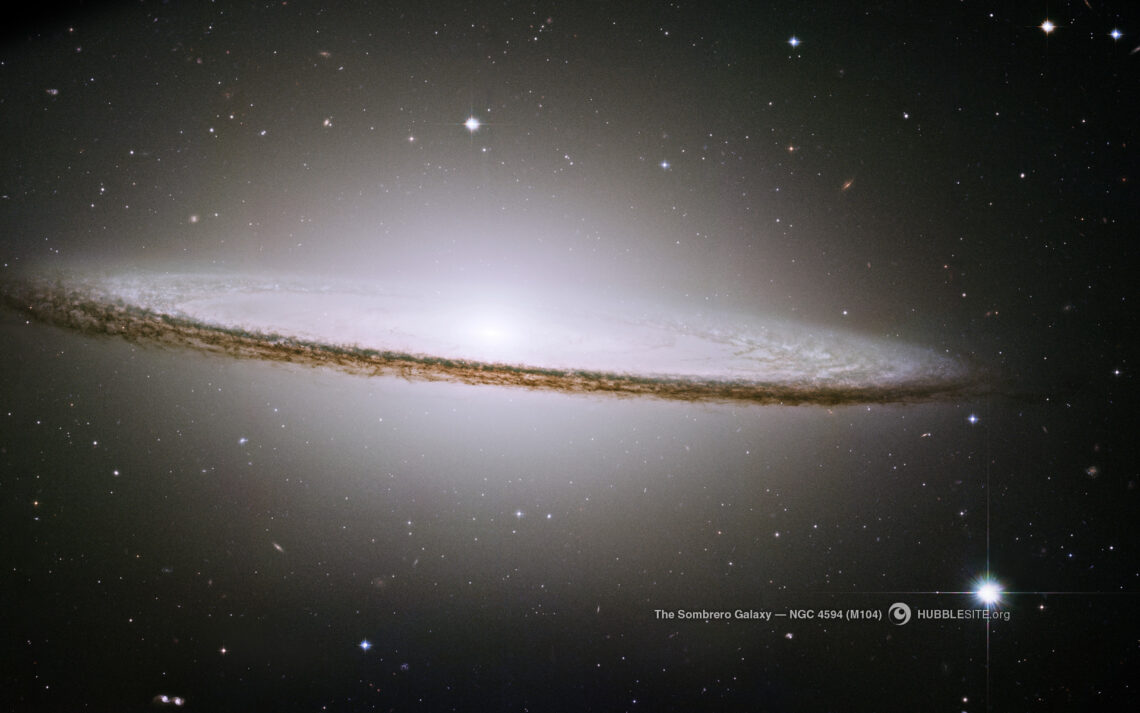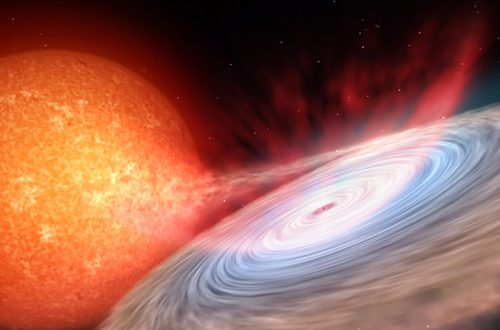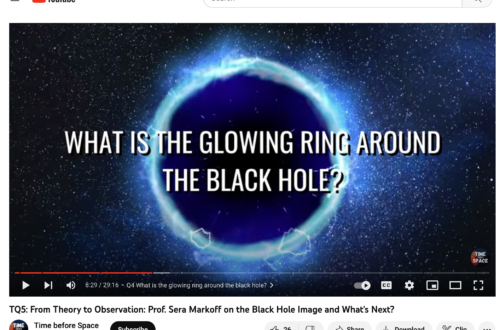My name is Ruby, and I’m a new member of Sera’s research group as a master’s student, analyzing a catalogue of low-luminosity active galactic nuclei. As a second year, I am now working on research full-time, for the first time in my academic career, and so have been considering the role that it has in shaping people when they leave the classroom. I’ve been told that it involves a lot of creativity, being able to stretch your mind outward around unrefined and unheard of problems, and I’ve been reflecting on the transition that comes from student to researcher, or more broadly, how it can affect the way you think and approach new problems, which is relevant for everyone. I close these ideas out by offering two different outlets for exploring scientific research as (citizen) scientists, as they’re interesting programs and developing your approach to new ideas is always quite fun.
As students still gathering experience and expertise, it can happen that we lose sight of the reality we’re studying, sitting at a computer, staring at small data points that can become biased in so many ways (see X-ray data analysis). Even more, as students, all the gathered experience that we have so far has been focused around the black and white equations of our textbooks. I certainly have derived a lot of excitement out of the fundamental physics that we’re taught early on, unfolding itself into the many applications that we get to study as astrophysics students. However, something that I remember quite vividly in my first research experience was using a description of a gamma-ray burst spectrum derived from theoretical equations for the outflow (an expanding relativistic shock), and verifying the slope of some collected data against this theoretical prediction of what it should be. On paper, this was to verify whether I was in the right regime to test the broader research goal that I was focusing on. However, this simple test that I was able to do with my nascent programming abilities, and the fact that things I had learned in coursework weren’t just simplified for our understanding, made me consider carefully how I could appreciate and apply the knowledge I had been learning. It was such a simple proof, but the fact that I was carrying it out myself and finding a plausible solution afforded me a whole new kind of understanding, very distinct from the tangible satisfaction of completing a problem set. It’s easy for the distance and scale of astrophysical events to impose a feeling of impossible complexity and inaccessibility, and having the opportunity to build a mindset countering that through research has become something that I treasure, as it’s something that I can propagate through many different mediums (not just astrophysical ones).
The research experiences I have had also impacted the way that I communicate my interests and work that I’ve done in astrophysics. It’s been an interesting progression of how much I’ve personally understood in comparison with how much I’ve been understandable when explaining concepts. Something that I now try to emphasize when asked what I do, or what takes up my time each day, is (not just to glamorize the reality of working on my computer) to offer a sense of the tangible, current questions that are being asked at present within astrophysics. From my experience with family, friends, and students in different degrees, is that the exposure non-scientists have to information and discoveries about “space” are pictures or statements that they don’t fully engage with. Yet, explaining directly (and as simply as possible) the problems that I think about on a daily basis helps them to conceptualize both the process, and what we do and don’t know about it so far. They’ll go on to ask questions that cut to the heart of the problem, and I find I can more easily engage in a discussion about what I do and why it’s so very interesting. For example, in Sera’s group for my master’s thesis I’m focusing on low-luminosity active galactic nuclei, which is a mouthful and not exactly telling. If I explain it as “I’m curious about why some black holes take in less material, and how this effects what we see emitting from them”, I’m much more able to have a conversation and get questions, rather than pouring out my research plan and a laundry list of definitions.
Framing this massive field and all the terror-inducing concepts (mechanics? differential equations? what scares people about physics?) within the scope of a problem or an idea, and not the perceptively inaccessible walls of math, physics, and jargon, people are really excited to engage with the discussion and stretch their minds.
In that regard, I’d like to share two different ways for people (scientists and non-scientists) to partake in scientific research and consider a bit more how they might approach problems, within and out of astrophysics. For non-scientists, it’s a great way to see the undertaking and effort that goes into a scientific discovery, and what questions are being asked. For scientists, it’s a means of seeing how research and investigations are carried out in other fields (see the second link) and reflecting on how that might translate to your own.
The two programs:
BOINC: The Berkeley Open Infrastructure for Network Computing allows citizen scientists (or any interested party) to contribute to research that is otherwise computationally expensive. As our physical models become more elaborate, we have to select particular areas and scales of a system that we want to study, because pouring in all the theoretical concepts that we have for a computer to work out would leave us waiting for results for quite a while (years). BOINC takes another route from building larger, faster, (& more expensive) supercomputers by utilizing the available machines that we have already available. This is a statement from their website: “Science United lets you help scientific research projects by giving them computing power. These projects do research in astronomy, physics, biomedicine, mathematics, and environmental science; you can pick the areas you want to support. You help by installing BOINC, a free program that runs scientific jobs in the background and when you’re not using the computer. BOINC is secure and will not affect your normal use of the computer.”
While this program is more passive in the actual process of research, it still provides someone with a new mindset to look at scientific results or discoveries, having aided with the steps towards an answer. You can go on to study the methods, the results of the research, and consider that you’ve taken a role in it.
The second example that I like is more ‘hands on’, in the sense that it is invoking the power of a human supercomputer – an organization called Zooniverse that uses public interest in the sciences to make large steps in research projects. It leverages the perspectives of many individuals, using their innate pattern-recognition skills to participate in academic research and help with addressing the flood of information that we’re fortunate to be drowning in these days. Machine learning techniques certainly have earned a place at the table for pursuing scientific results, but this is utilizing the idea of “wisdom of crowds”, essentially performing many iterations of a test on a given set of data, with many different initial conditions (in this case, individual backgrounds and experiences).
There are projects like transcribing the groundbreaking work of early Harvard astronomers (i.e. Williamina Fleming, Annie Jump Cannon, Henrietta Swan Leavitt), identifying mesospheric clouds on Mars with data from the Mars Reconnaissance Orbiter, or searching for extreme types of galaxies in the Virgo Galaxy Cluster. These examples are just within the ‘astronomy’ component; the fields you can explore stretch across arts, biology, history, medicine, social sciences and so much more. They provide tutorials on what the research is aiming to achieve, and are able to test the validity and error of their human analysts. Here is a link to the publications that were furthered by projects from Zooniverse.
P.S. When someone asks me what does [the public] get out of having astrophysicists? My favorite party example is GPS satellites and the Theory of General Relativity (I find it’s easiest to start the discussion with “Have you seen the film Interstellar?” and work backwards from there.)




